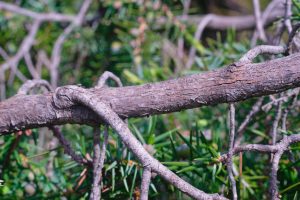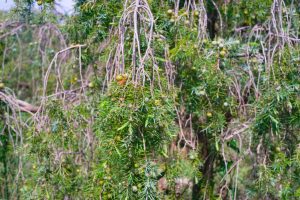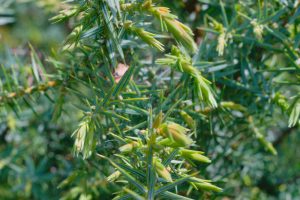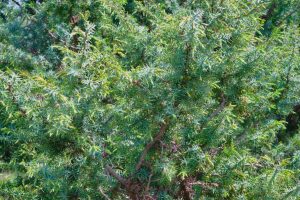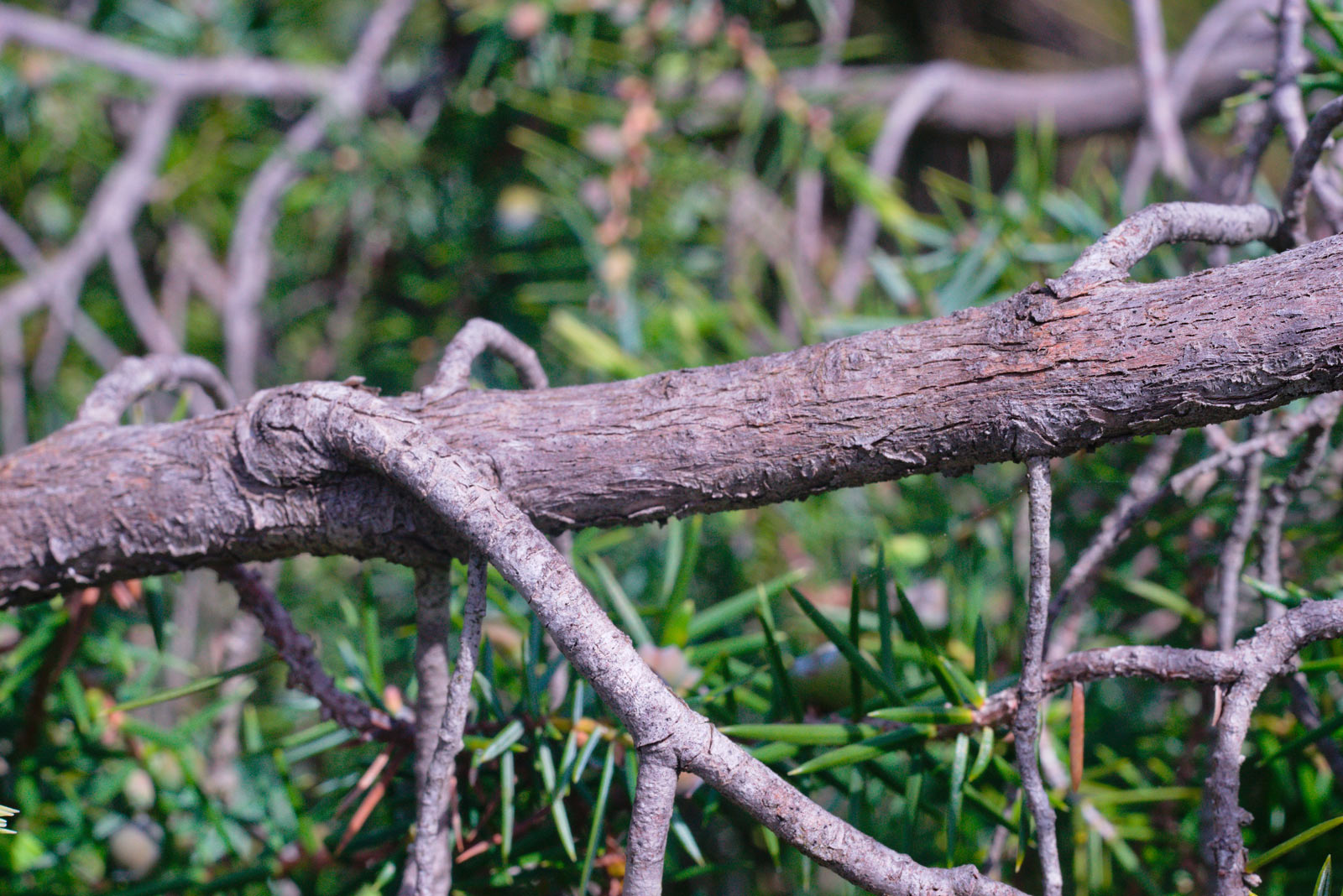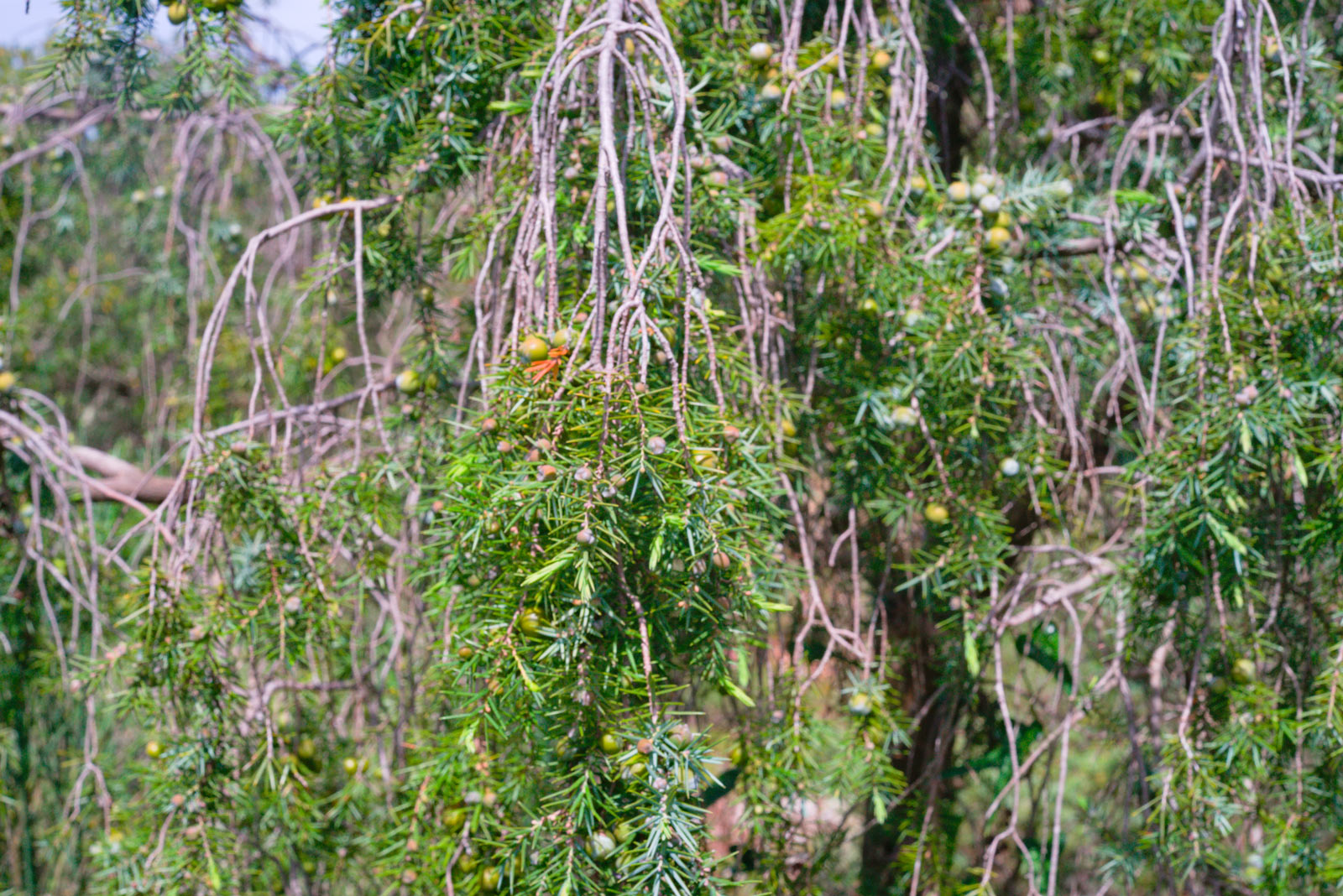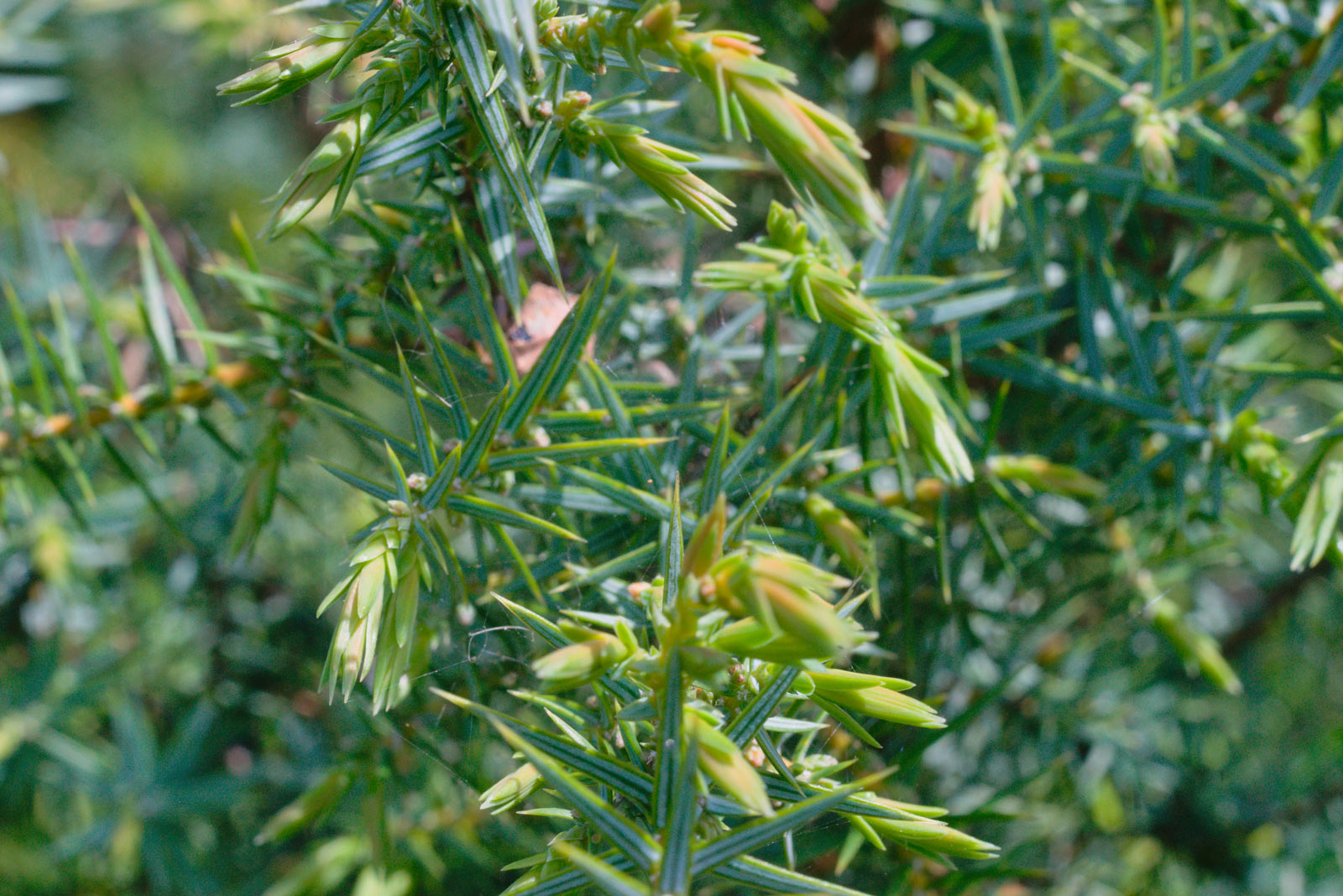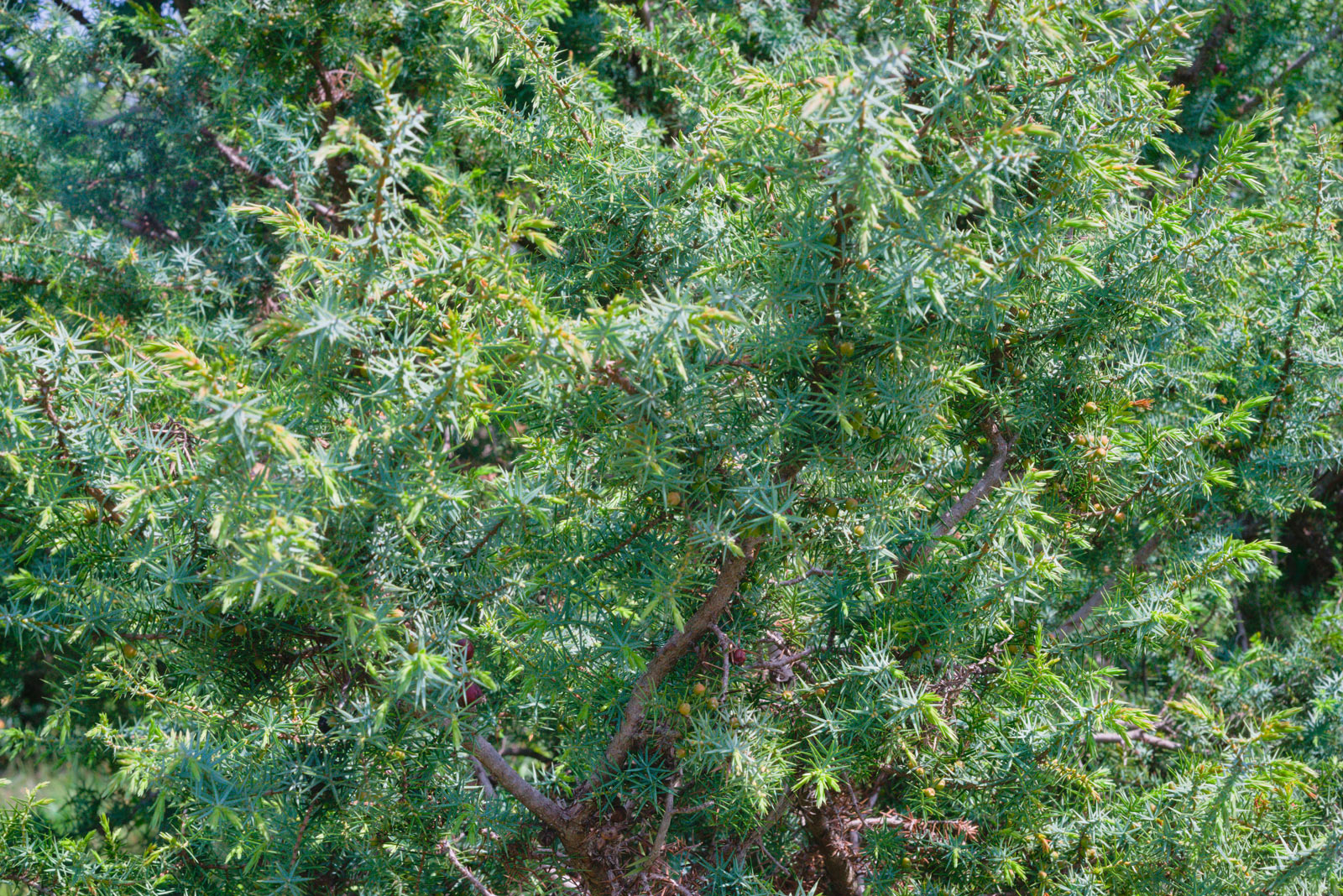Cade Juniper
Juniperus oxycedrus, commonly known as Cade Juniper or Prickly Juniper, is a resilient evergreen shrub or small tree native to the Mediterranean region, including Southern Europe, North Africa, and parts of Western Asia. It thrives in dry, rocky soils and is well-adapted to the Mediterranean climate, tolerating drought and poor soil conditions.
Typically reaching heights of 2 to 15 meters, Cade Juniper features sharp, needle-like leaves arranged in whorls of three, each displaying two white stomatal bands. The plant is dioecious, meaning individual plants are either male or female. Female plants produce berry-like seed cones that mature over two years, transitioning from green to reddish-brown, and serve as a food source for birds, which aid in seed dispersal.
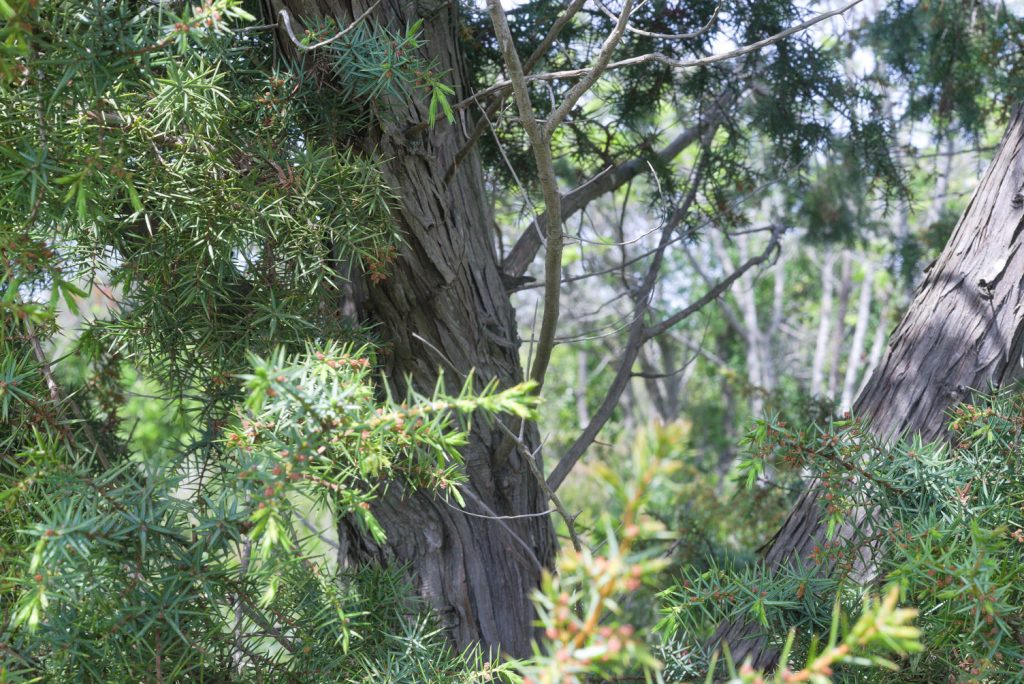
One of the most notable products derived from Cade Juniper is cade oil, obtained through the destructive distillation of its wood. This dark, aromatic oil has been traditionally used in cosmetics, skin treatments, and as an insect repellent. However, it can cause allergic reactions in some individuals and should be used with caution.
The wood of Cade Juniper is dense and aromatic, historically utilized in woodworking for items like furniture and fence posts. Its durability and resistance to decay make it valuable for various applications.
In its natural habitat, Cade Juniper plays a crucial ecological role, providing shelter and food for wildlife. Its presence often indicates overgrazed or disturbed lands, as it can colonize areas where other vegetation has been depleted.
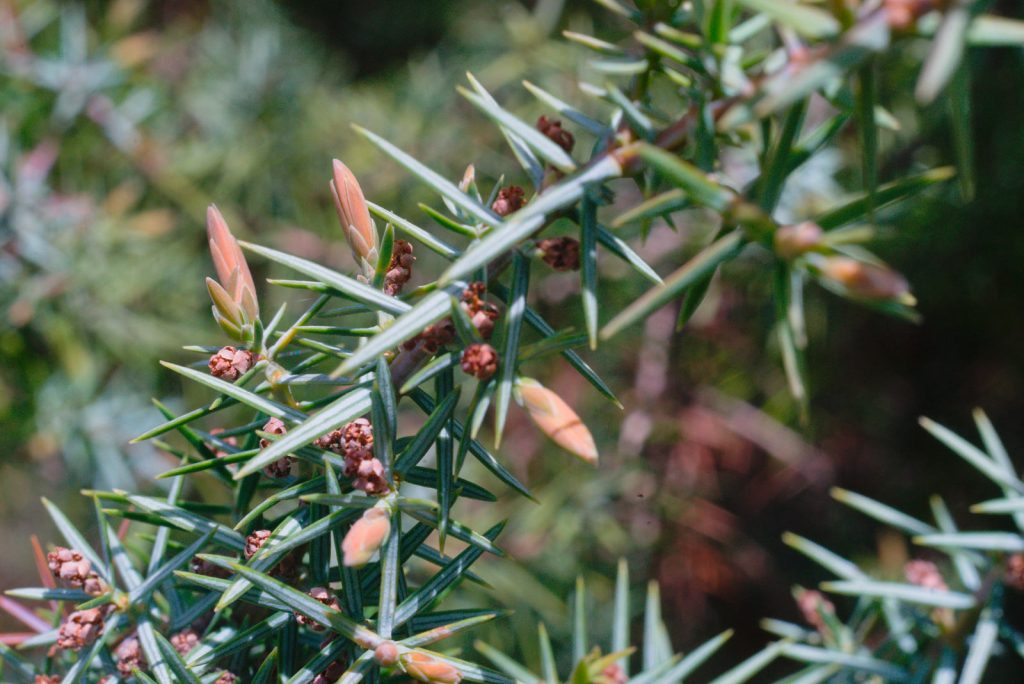
Scientific Classification of Cade Juniper
| Kingdom | Plantae |
| Clade | Tracheophytes |
| Division | Pinophyta |
| Class | Pinopsida |
| Order | Pinales |
| Family | Cupressaceae |
| Genus | Juniperus |
| Scientific Name | Juniperus oxycedrus |
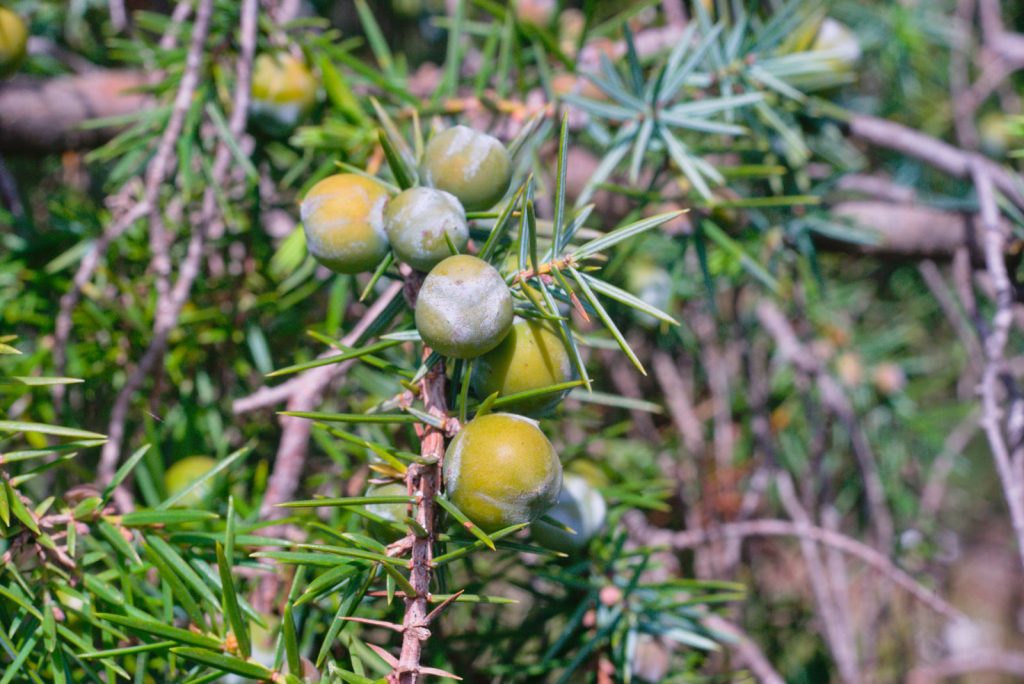
Quick Information
| Plant Type | Evergreen shrub or small tree |
| Identification | Height: 2 to 15 metersLeaves: Sharp, needle-like, in whorls of threeStem: Woody and often ruggedCones: Berry-like, reddish-brown when matureRoots: Deep and extensiveGrowth Habit: Bushy or irregular tree form |
| Distribution | Mediterranean region (Southern Europe, North Africa, Western Asia) |
| Habitat | Dry, rocky slopes, scrublands, and open woodlands |
| USDA Hardiness Zone | Zones 7–10 |
| Growth Rate | Slow |
| Lifespan | Long-lived perennial |
| Growing Conditions | Sunlight: Full sunSoil: Poor, rocky, well-drainedWater: Very low, drought-tolerant |
| Drought Tolerance | Very high |
| Diseases | Generally resistant, but can occasionally suffer from fungal issues |
| Pests | Rarely affected |
| Reproductive System | Dioecious (separate male and female plants), seeds dispersed by birds |
| Propagation | Seeds |
| Wildlife Value | Provides food and shelter for birds and small mammals |
| Uses | Cade oil production, woodworking, erosion control |
| IUCN Conservation Status | Least Concern (LC) |
